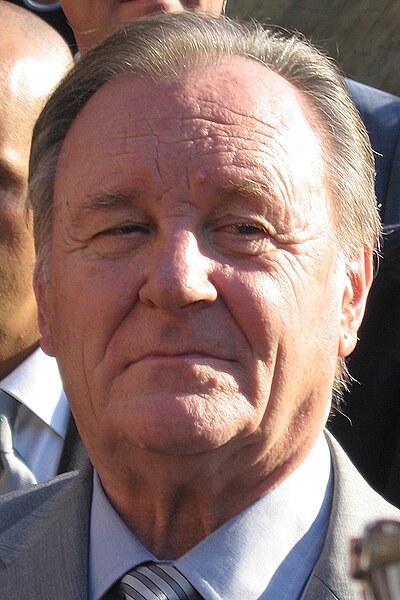Belgian comics are a distinct subgroup in the comics history, and played a major role in the development of European comics, alongside France with whom they share a long common history. While the comics in the two major language groups and regions of Belgium each have clearly distinct characteristics, they are constantly influencing one another, and meeting each other in Brussels and in the bilingual publication tradition of the major editors. As one of the few arts where Belgium has had an international and enduring impact in the 20th century, comics are known to be "an integral part of Belgian culture".
Tintin and Snowy (Hergé), on the roof of the former headquarters of Le Lombard near Brussels-South railway station
Bandes dessinées, abbreviated BDs and also referred to as Franco-Belgian comics, are comics that are usually originally in French and created for readership in France and Belgium. These countries have a long tradition in comics, separate from that of English-language comics. Belgium is a mostly bilingual country, and comics originally in Dutch are culturally a part of the world of bandes dessinées, even if the translation from French to Dutch far outweighs the other direction.
The French comic Les Pieds Nickelés (1954 book cover): an early 20th-century forerunner of the modern Franco-Belgian comic
Close Hergé collaborator and magazine contributor Bob de Moor
Comics artist Mœbius (2008), who achieved international renown through Métal Hurlant
Image: Albert Uderzo





